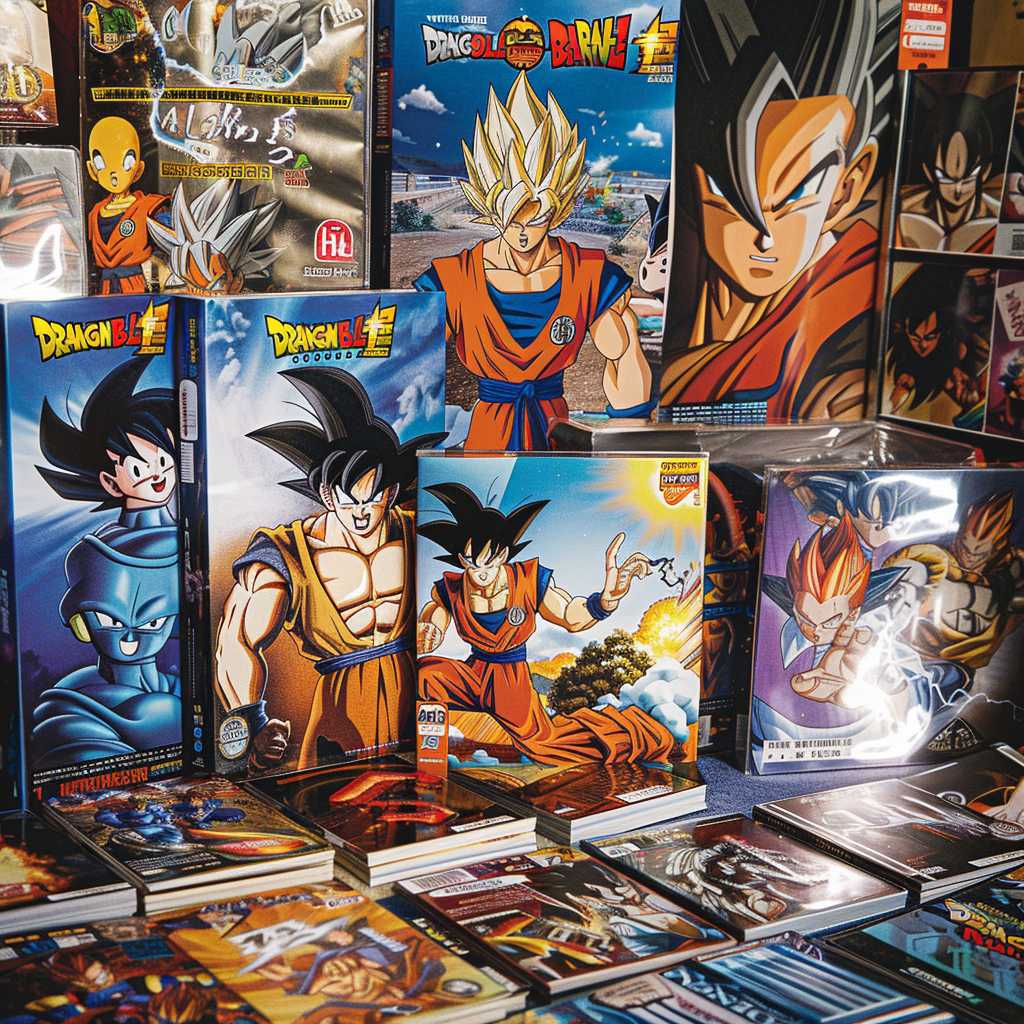The Phenomenon of Dragon Ball Explained
Dragon Ball is a renowned Japanese media franchise that has captured the hearts of millions worldwide. Spawned from the creative mind of Akira Toriyama, the series has grown from a manga published in “Weekly Shōnen Jump” in 1984 to an expansive empire boasting several anime series, movies, video games, merchandise, and a dedicated fan community. This article aims to touch every aspect of the Dragon Ball universe, from its origins, development through the years, characters and storyline, cultural impact, and its legacy in the world of both anime and mainstream media.
Origins and Creator Behind Dragon Ball
Akira Toriyama initially launched Dragon Ball as a manga series serialized in Shueisha’s “Weekly Shōnen Jump” magazine. Drawing inspiration from the classical Chinese novel “Journey to the West,” Toriyama introduced readers to a blend of martial arts action, comical moments, and an enchanting world full of mythical creatures and adventurous quests.
Plot Synthesis and Key Characters
The heart of Dragon Ball lies in its compelling narrative and memorable characters. The story follows Son Goku, originally depicted as a child with a monkey tail, on his search for the mystical Dragon Balls. These seven orbs, when gathered together, summon the dragon Shenron, who bestows upon the possessor one wish of any magnitude. Goku’s journey is fraught with battles against a variety of foes, the forging of friendships, and his personal evolution into Earth’s mightiest warrior.
Characters like Bulma, Krillin, Piccolo, Vegeta, Frieza, and others have become nearly as iconic as Goku himself. Each character has their distinctive abilities, personality traits, and personal arcs that have contributed to their unique spots in fandom’s hearts.
Evolution of the Series: From Manga to Anime
The anime adaptation has emerged as a cornerstone of Dragon Ball’s success. The initial anime spread out as two main series: “Dragon Ball,” which followed Goku’s adventures as a child and young adult; and “Dragon Ball Z,” which continued his journey into adulthood while raising the stakes significantly with intergalactic battles and the introduction of “Super Saiyan” transformations.
Later animated series like “Dragon Ball GT” and “Dragon Ball Super,” although met with mixed reviews, contributed to keeping the universe alive and current well into the 21st century. Not to mention several animated movies that expanded upon stories outside the scope of the serialized anime.
Dragon Ball in Videogames and Other Media
The franchise has also found considerable success in various other media formats. Countless video games have been developed across multiple gaming platforms over the years. Titles such as “Dragon Ball Z: Budokai,” “Dragon Ball FighterZ,” and “Dragon Ball Xenoverse” permitted players not just to reexperience stories from the series but ţo participate actively in new ones as playable characters.
In literature and guides like “Daizenshuu” (an extensive guidebook collection), ardent devotees are able to delve deeper into the lore of Dragon Ball. Meanwhile, other forms of merchandise like action figures and clothing allow fans to express their affinity for the franchise tangibly.
Cultural Impact And Global Reception
The influence of Dragon Ball can be observed far beyond its country of origin. It played an indelible role in introducing many Western viewers to anime during its airings in Europe and North America during the 1990s and early 2000s. Its cross-cultural appeal is rivaled by few other franchises, resonating with audiences on themes such as perseverance, friendship, good conquering over evil, and self-improvement; forging Dragon Ball as a global phenomenon.
Growth Underlying Marketing and Fandom
Elaborating on its reach, special attention must be given to its strategic marketing that has engendered a brand value rivaling any major entertainment entity. Kid-centric marketing endeavors juxtaposed with nostalgia marketing aimed at older loyalists who grew up with Goku & co., have kept different generations engaged.
Its undying fandom is nothing short of miraculous. Devoted fan communities continually bring forth fan art, fan fiction, conventions specific to Dragon Ball itself or larger anime gatherings where Dragon Ball plays a prominent role; all keep sustaining active interest around this colossal series.
